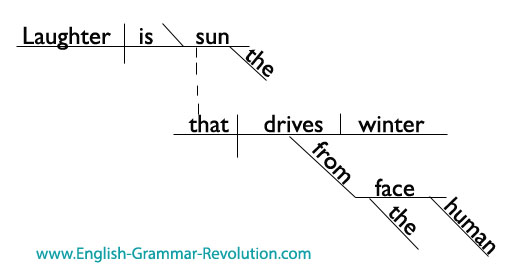Proposition 4: Teachers think systematically about their practice and learn from experience.
– National Board for Professional Teaching Standards
Sydney’s been giving me trouble the last couple of weeks. She’s a fine enough student. Her grades are decent. She her contributions to class discussion have been average with occasional sparks of insight. She has a fine circle of friends – no one in the upper reaches of the high school hierarchy, but fine enough kids.
Still, Sydney’s been rubbing me the wrong way.
She’ll make comments in the hallways that she isn’t happy with how I run class.
Whatever.
I decided to put an end to a project a couple weeks ago. The kids were making a go of it and working on it, but I didn’t see it going anywhere. So, I shut it down.
Sydney didn’t like it. She wrote about it on her Facebook wall. That, combined with some pretty critical conversations I overheard her having with other students in the hall, really ticked me off.
Then, when I was teaching the other day, Sydney just had to raise her hand and ask why the class needed to follow a direction I’d just given. She said it didn’t make sense and questioned the reasoning behind it.
Right there, in front of all my students, she questioned my authority as the educational leader of the classroom.
I’d made the choice because, in the end it would be easier for me to keep track of things, but I’m not beholden to explain anything to this child.
I ignored her and moved on.
A few minutes later – completely separate activity – Sydney’s hand is in the air again.
She wants to know why I’ve just announced I’ll be sending a portion of my class to a tutor down the block from now on.
I want to get up in her face and yell, “Because some of you are too hard to teach, and you make me look bad when I try. Teaching’s hard, so now you’re someone else’s problem.”
But, I don’t owe her anything.
The next day, I meet Sydney at the door and tell her to take her things to the little office next to my room for class.
During class, the group of students working with Sydney on a class project ask if they can go ask her for her notes. I tell them no and encourage them to stop thinking of Sydney as part of the class.
Later, I hear they still talked to her when they saw her in the hall.
I get an e-mail, two phone calls and 10 text messages from Sydney’s parents that night.
They want to know why I’ve moved Sydney out of class.
I write them a letter explaining Sydney hasn’t been using her time in school safely, particularly her classtime.
I manage all of four sentences and stick the letter in the mail.
Of course, never satisfied, Sydney’s parents call the school, talk to my principal, e-mail me (several times), call me (several times) and text me (several times). Not only that, they must have some sort of phone tree for parents who want to make asinine complaints, because I starting getting bombarded by way too many overprotective parents who “want to know what’s going on.”
Tuesday, I sent Sydney’s parents another letter letting them know I’d be conferencing with her today about how she wasn’t making the classroom environment a safe space with all her “Why this?” and “What about that?” comments. I also let them know I wasn’t particularly pleased she’d been talking with them about what should have been an internal classroom matter.
I mean, I’m the teacher. I know what’s best. Otherwise, how could I keep victory in the classroom?
